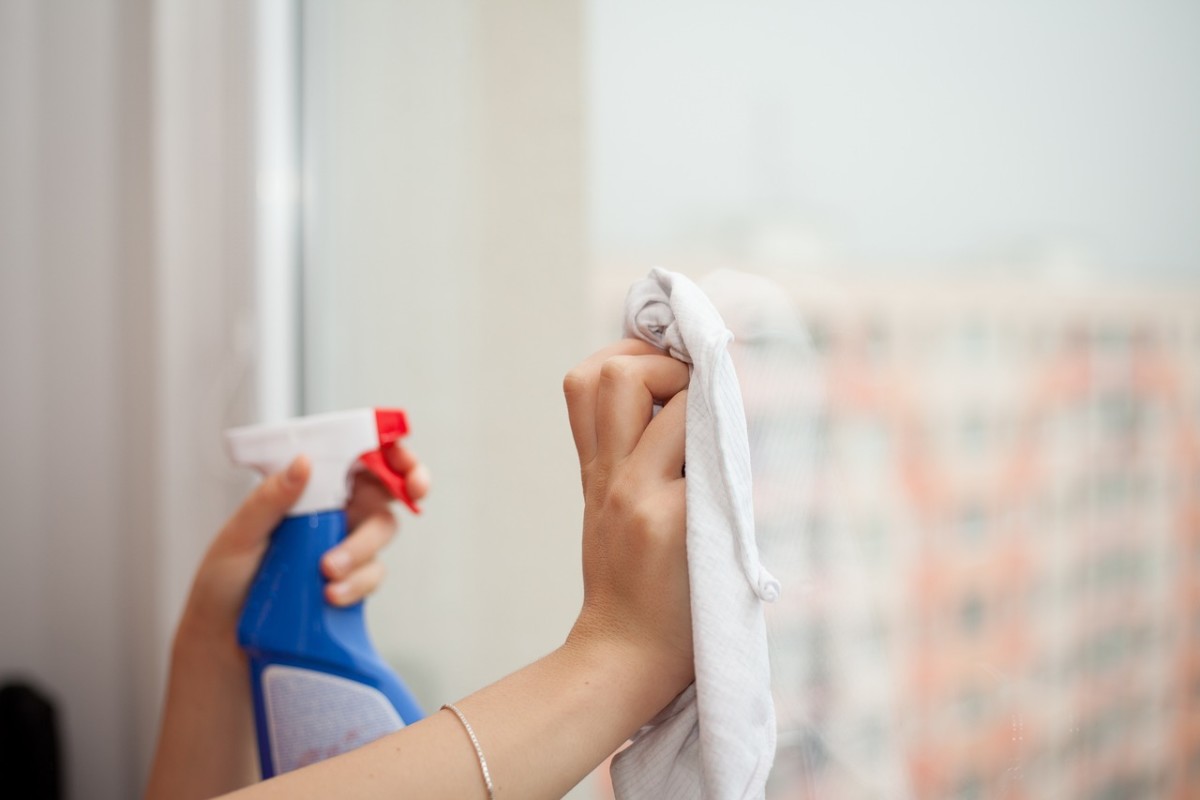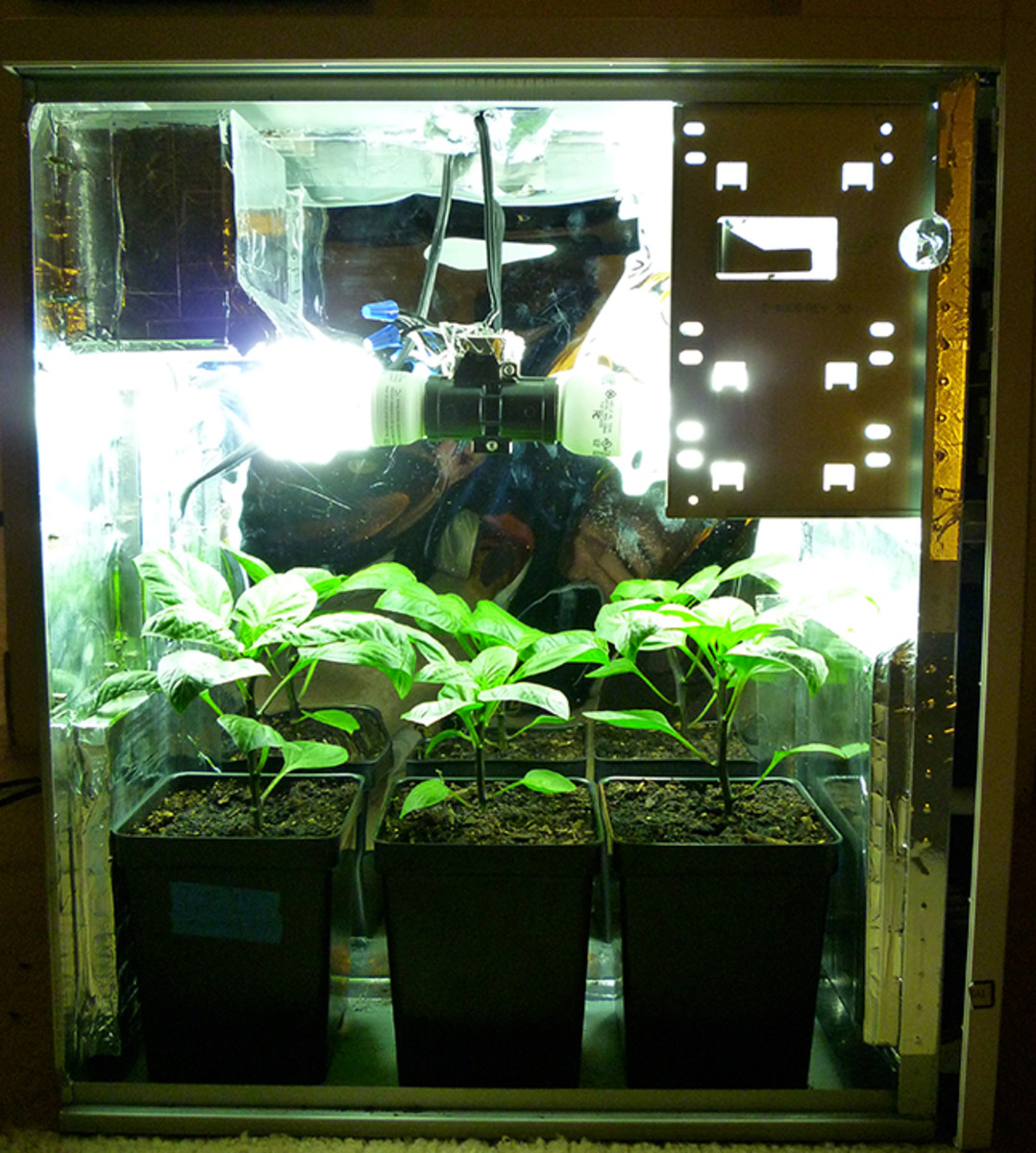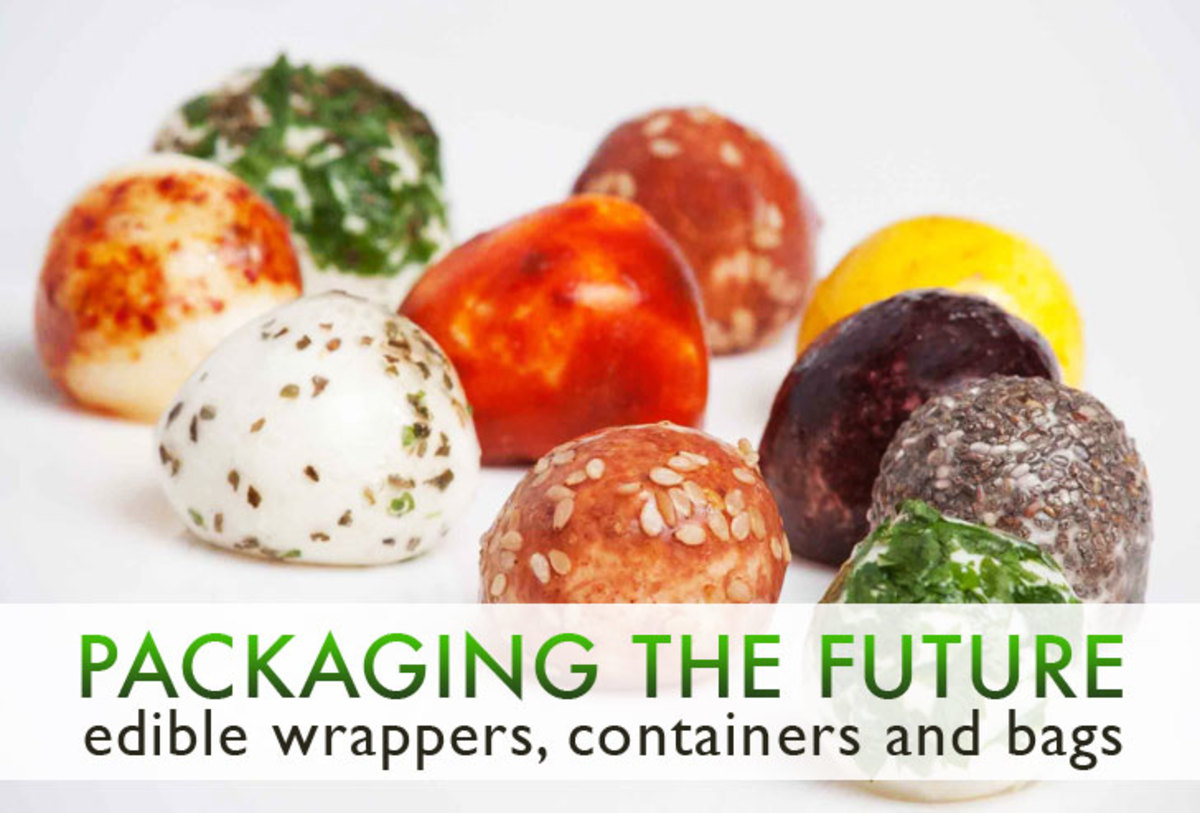25 Easy Ideas for Living Green
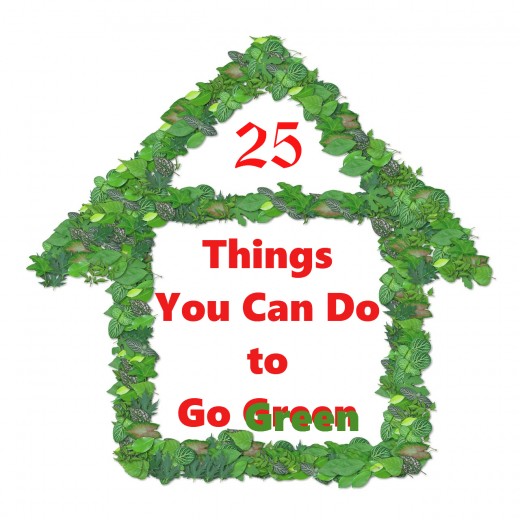
Old Habits May Not Be So Hard To Change
The chemicals we use, the trash we produce, and the energy and clean water we waste have been affecting our carbon footprint on the environment.
The Planet Earth Is Suffering.
It's time to rethink our family decisions on purchases, energy consumption, and chemicals used, and try to make our household lifestyle more eco-friendly.
We, as human-kind, must go green, but we gotta do it in a practical way, so it becomes part of our lifestyle.
If we keep doing the things we already do, without creating more work for ourselves, then choosing the greener option available becomes a little easier.
Be the change you want to see in the world.
— Mahatma GandhiReduce Buying
Help the Environment by Reducing Buying
The first rule to follow is to buy only what you need to be happy, safe, and healthy. Everything else qualifies as surplus or extra.
Buying only what is needed means using everything until it works, and before you throw away, try to fix it or re-purpose it.
Buy less, with the awareness that you'll keep that thing for a long time. Buy good quality items, in a style that you like, so you don’t get tired of them.
This does not necessarily mean being frugal, you may spend a lot on some items, but the fact that you are going to keep it and use it for a long time, means that it does not end up in a landfill anytime soon, and no resources or pollution will be needed to produce a replacement.
Save Energy
Environmental Protection Starts at Home.
Here are some tips:
1. Adjust the Thermostat
Adjust the thermostat and wear appropriate clothes. Keeping the thermostat cooler in winter, 69˚F or below, and warmer in summer 79˚F or higher, requires the heating and cooling systems to work less, keeps the utility bill lower, and produces much less pollution due to energy production.
2. Shorten the Dryer Cycles
Air dry your laundry whenever possible. You may want to get the clothes out when they are still a little wet, yet wrinkle free from a short tumbling in the dryer, and I hang them to dry on collapsible hangers, near an air vent. In the summer you can place the hangers outdoors.
The sunlight makes the clothes smell great, and sun rays are great for getting rid of any dust mites that may have survived the washing cycle.
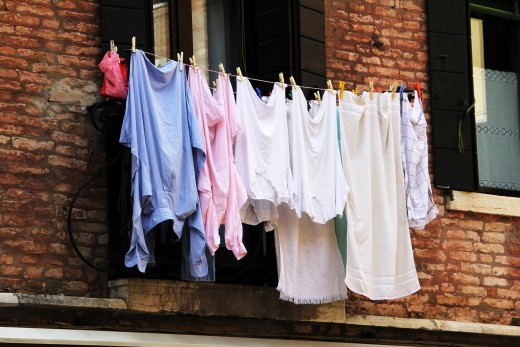
3. Use Energy Efficient Bulbs
Updated light bulbs to low-energy ones. Make sure your most used light bulbs are energy-star rated.
Dimmers are also great for saving energy and creating a comfortable mood.
4. Use the Broom
When there are bigger specks of dirt on the floor, save energy by using the old fashion broom.
Electric vacuum cleaners not only use electricity but, unless you have a bag-less model, there are a cost and an environmental impact for replacing the bag when it gets full.
5. Heat the Home With Natural Light
Every morning, open blinds and curtains and let the sun rays warm the air inside.
As added benefits, you need less artificial light, and the sunlight boosts your energy by stimulating your brain's production of serotonin, a neurotransmitter that helps to feel energetic and improves thinking and alertness.
6. Cool the Home with Trees
Deciduous trees planted on the south or west sides of the house provide nice shade during the summer months and help to warm your home in winter when the naked branches let the sun in.
Cool tree shade
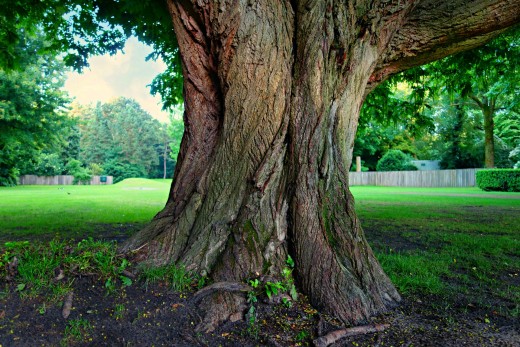
7. Open Windows
During the warm season, open your windows every time there is a breeze outside and at night, to let the fresh air in. The fresh air will not only help with temperature control but also remove pollutants and chemicals from the air. Of course, make sure you turn your a/c off when you open windows.
It's also recommended that you have window screens installed to keep bugs and animals out.
8. Close the Fridge
I keep the refrigerator and the freezer open only the minimum time necessary. Every time it’s open warmer air gets in, and energy must be used to bring it at the right temperature.
Also, if possible, upgrade to an energy-efficient model that consumes less energy. New models beep if the doors are open too long.
9. Turn Off the Lights When You Are Not in the Room
Turning off lights saves energy and even though the energy used by a light left on isn’t huge, when you add leaving on random lights with other energy-wasting behaviors, paying attention to lighting savings could be more important than you think.
Incandescent lights are the ones that waste the most energy and should be turned off every time you leave a room. Other kinds of lights, like CFL lighting, may get tricky, but a good rule of thumb is to turn them off if you leave the room for 15 minutes or longer.
Tips to Save Water
10. Reduce Outdoor Irrigation
It's a great thing to keep your lawn green, but the water bill can get extremely high, and with it the water consumption. To reduce water usage, water after dark and before dawn, between 10 p.m. and 6 a.m., although early morning is best, and water in short bursts to let water seep deeply into plant roots in the most efficient way possible. Watering before dawn reduces the chance of evaporation in the hot afternoon sun. Watering in short bursts allows water to better soak into the ground. A suggested watering interval involves watering for five minutes, waiting 10 minutes for the water to soak in, and then watering again for another five minutes.
Instead of using a sprinkler, water manually some particular areas that need special care, like pots or specific plants.
11. Install Dual-flush Toilet Systems
Dual-flush toilets have a two-setting mechanism that uses either a lever with two positions or a two-button system. This allows you to decide whether or not to use a high water volume flush or a low volume flush.
While conventional toilets can use up to 5 gallons of water per flush, a high-efficiency toilets (HET) model uses no more than 1.6 gallons.
The low-volume flush option on a dual flush model use 1.1 gallons per flush or less. The EPA estimates that replacing every conventional toilet in the U.S. with a high-efficiency model would save 2 billion gallons of water every day.
The average toilet flushes 3.5 gal /13 liters per flush
One person can consume as much as:
19.5 gal / 74 liters per day
or 7,135 gal /27,010 liters per year.
12. Flush Less
This is kind of gross, but in our household we have the general agreement that "if it's yellow, let it mellow; if it's brown, flush it down", up to a certain extent.
Of course, the children love it - like they needed an excuse not to flush! (PS: you may want to have the rule that the agreement is null when guests are expected).
13. Treat Clean Water Like Gold
Looking at water as a precious thing, it's easy to understand that every waste of water should be avoided, and simple things like turning off the water while brushing your teeth, using water efficiently when washing dishes, taking "submarine" type showers, where you turn off the water while soaping up, all are great ways to conserve.
Teaching these rules to your children in a fun way, you can provide benefits that will stay with them for a lifetime.
Tips to Reuse, Recycle, and Reduce
14. Use Both Sides of the Paper
Why throwing away a sheet of paper of there is still a lot of blank unused space on it?
Here are some things you can do, at work or at home, to use paper more efficiently:
- Use both sides of the sheet of paper, whether for copying or printing.
- Set defaults to double sided. Select one-sided printing only when really needed.
- Print only the pages you need by using the "Print Selection" function.
- Reduce margins to fit more on each page.
- Use a small font size to reduce the number of pages printed
- Create a supply of scrap paper from the half-used sheets.
15. Sort Your Trash
Limit what goes into the regular trash to the minimum. Dispose of soft bio things in the sink disposer, if available, put recyclables in the recycle bins, and research the most efficient ways to dispose of lawn waste in your town.
Collect hazardous trash, like batteries, and take it to the specialized collection points every few months. Store all donatable items in boxes and donate them at the first occasion.
16. Keep Separate Trash Cans Available
Have separate receptacles readily available, to make recycling easier for your family. It's much easier for kids to recycle when they know plastic and paper go in a separate container, and it's much more convenient for adults too because it saves many trips to the garage, or wherever you keep the recycle bin.
17. Reuse Plastic Containers
When discarded, plastic takes forever to decompose. Even when recycled, it needs energy and costs to be processed, so it much more eco-friendly to reuse plastic as much as possible.
Nice size containers, like the clear salad packages, come handy to wash my veggies, or I use them as planters for my seedlings in the spring.
Plastic cups from parties, pudding and yogurt cups, they can all be used as single-plant starter, I keep them during winter and then start my vegetable garden from seed in them.
Reducing consumption we reduce pollution
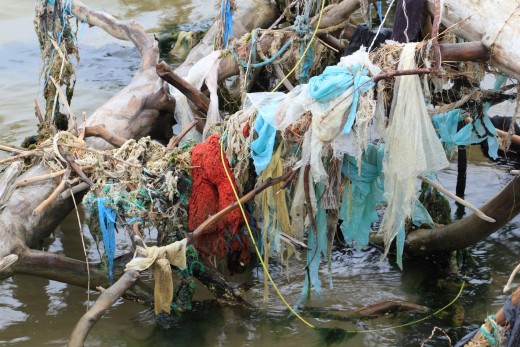
18. Reduce Lunch Time Trash
Pack lunch in reusable plastic containers instead of paper bags, plastic wrap, or plastic bags.
19. Fix Things
If it’s broken, try to fix it before throwing out. This can be applied to a lot of things, from socks, to pants, to furniture, to tools.
Sometimes the “fixed” item it’s no longer useful for the initial purpose, but you can re-purpose it. Like a broken or stained shower curtain may become a craft tablecloth or old or single socks may transform into hand puppets, worn shirts become cleaning rags, etc.
20. Filter Water
Purify your tap water with a filter and use less plastic. Most of the bottled water is from tap anyway...
21. Ditch the Plastic Shopping Bags
Get in the habit of bringing to the store some reusable tote bags made of fabric or recycled materials.
Tips to Limit Pollution
22. Throw Cooking Oil in the Garbage
Never pour grease or oil down the drain, it will get into the waterways and eventually clog your pipes.
For fats that solidify, let them do so, then toss them in your regular garbage. Chill grease in the fridge if you need to get it to harden up. For ones that don't solidify, pour them into a sealable (hopefully non-recyclable) container, and throw the whole container away with your regular garbage.
23. Don’t Flush Garbage or Hazardous Waste Down the Toilet
This is pretty self-explanatory.
Natural cleaners
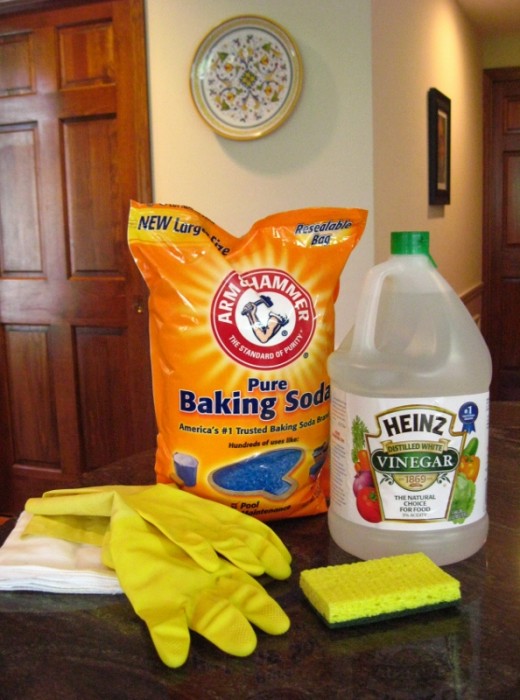
24. Improve Indoor Air Quality
Control the sources of pollution, like chemicals, gases, and living organisms such as mold and pests. Clean with the least toxic products that would do the job, for instance, I love to use white distilled vinegar and baking soda for a lot of my cleaning.
Freshen your home: increasing the amount of fresh air brought indoors helps reduce pollutants inside. When weather permits, open windows and doors. Bathroom and kitchen fans that exhaust to the outdoors also increase ventilation and help remove pollutants.
Change filters regularly: central heaters and air conditioners have filters to trap dust and other pollutants in the air. Change or clean the filters regularly, following the instructions on the package.
25. Buy Local Organic Produce
Supporting local farmers reduces transportation pollution and reduces your carbon footprint. When your food doesn’t travel long distances, you’re promoting better air quality and reducing pollution.
Supporting organic cultivations decreases the overall usage of chemical pesticides, herbicides, fungicides, and fertilizers and increases biodiversity in our local ecosystem.
You can also grow my own produce.
Grow Your Own Veggies
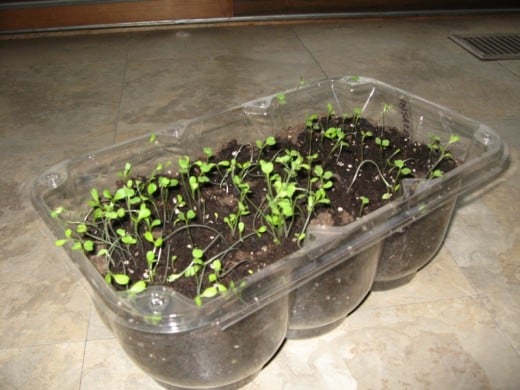
Look at the Big Picture
Each of us is responsible for our health, our safety, and our environment. When we buy something we should always consider how the product and its use will affect us and the environment in the long run.
I try to make purchases that align with my values which include: caring for my family, respecting nature and the environment, and embracing social responsibility.
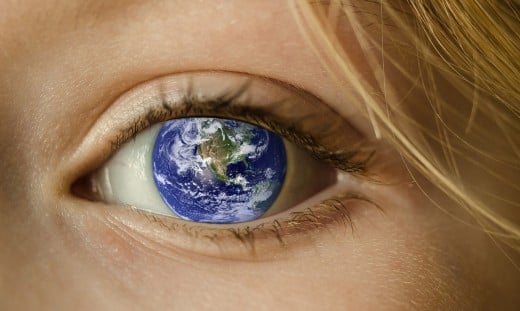
Be the Change You Want to See in the World
I wrote this article in answer to the question: What are some things you have done to 'Go Green?', asked by fellow Hubpages writer Beani.
That’s a question that puts us face to face with our environmental responsibility.
What kind of planet are we leaving to our children? People complain a lot about pollution and the greenhouse effect, but what’s the point of griping if we don’t do our part trying to make eco-friendly choices?
Every choice we make about what we buy and what we eat has some effects on the environment, water quality, and air quality.
Becoming aware of the problems modern lifestyle causes to our planet is the first step, changing our habits to decrease our personal carbon footprint and impact on the bio-system is the necessary follow up, even if not always easy.
© 2012 Robie Benve




